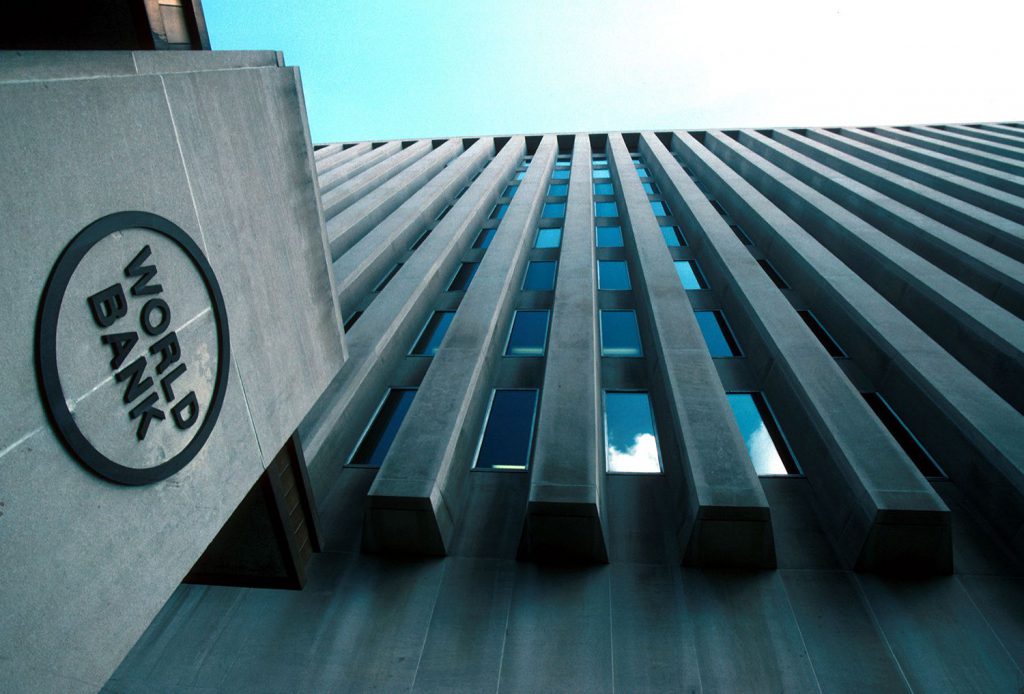The World Bank cautioned Tuesday that global economy will “decelerate markedly” this year, but the Omicron strain of Covid-19, which is quickly spreading over the world, may worsen labor shortages and supply chain snarls.
Following a 5.5 percent resurgence last year, the Washington-based development lender trimmed its prediction for global economic growth this year to 4.1 percent in its latest Global Economic Prospects report.
Both last year’s and this year’s growth expectations were 0.2 percent lower than June’s estimates.
“Various downside risks cloud the outlook,” according to the bank, “including simultaneous Omicron-driven economic disruptions, further supply bottlenecks (and) a de-anchoring of inflation expectations.” This might push global growth down to 3.4 percent this year, a decline of 0.7 percentage points.
President of the World Bank, David Malpass, is concerned about the “huge toll” the epidemic is exacting on people in poor nations, which might have long-term consequences.
“Poverty, nutrition, and health are all seeing alarming reversals. The reversal of education and scope as a result of school closures will have a long-term effect “He informed reporters about it. “I’m very worried about the permanent scar on development.”
The Omicron strain is creating fewer limitations than the previous epidemic, according to Ayhan Kose, head of the bank’s forecast unit, which suggests the total impact might be more benign.
“If it stays around much longer, and cases remain elevated and continue pressuring health systems, under that scenario, the global growth will be lower.” he said.
This would worsen continuing labor shortages, as well as global manufacturing and transportation bottlenecks, which have spurred a wave of price hikes. “The Omicron variant shows us once again, the pandemic is still with us and we need to learn how to live with the pandemic,” he added.
Faced with a 40-year high in inflation, the US Federal Reserve is anticipated to begin hiking interest rates shortly, maybe more aggressively, boosting borrowing costs for developing nations already saddled with record debt.
Vaccination, according to Kose, is still critical since the threat of new, more transmissible or virulent variations will endure until a large portion of the world’s population gets vaccinated.
“The proportion of the population vaccinated in many economies is expected to exceed 70% by mid-2022,” according to the research, “but the prospects for vaccination progress remain uncertain in some countries,” particularly in the poorest countries.
“At recent vaccination rates, only about a third of the LIC (low income countries) population will have received even one vaccine dose by the end of 2023.” The economic impact of Omicron has not been spared the world’s two most powerful economies, the United States and China.
Following the country’s 5.6 percent expansion in 2021, the bank dramatically dropped its expectation for US growth this year to 3.7 percent, 0.5 points lower than its earlier estimate.
The World Bank estimates that Washington’s 10-year, $1.2 trillion infrastructure investment plan, which was announced in November, will provide the US economy a “small boost” in the short term, with longer-term consequences.
The American economy, on the other hand, is dealing with “tenacious inflation,” and “further tightening of monetary policy could result in weaker-than-expected growth.”
China’s GDP is anticipated to drop to 5.1 percent in 2022, down 0.3 percentage points from last year’s eight percent, but the country’s problems go beyond the epidemic.
